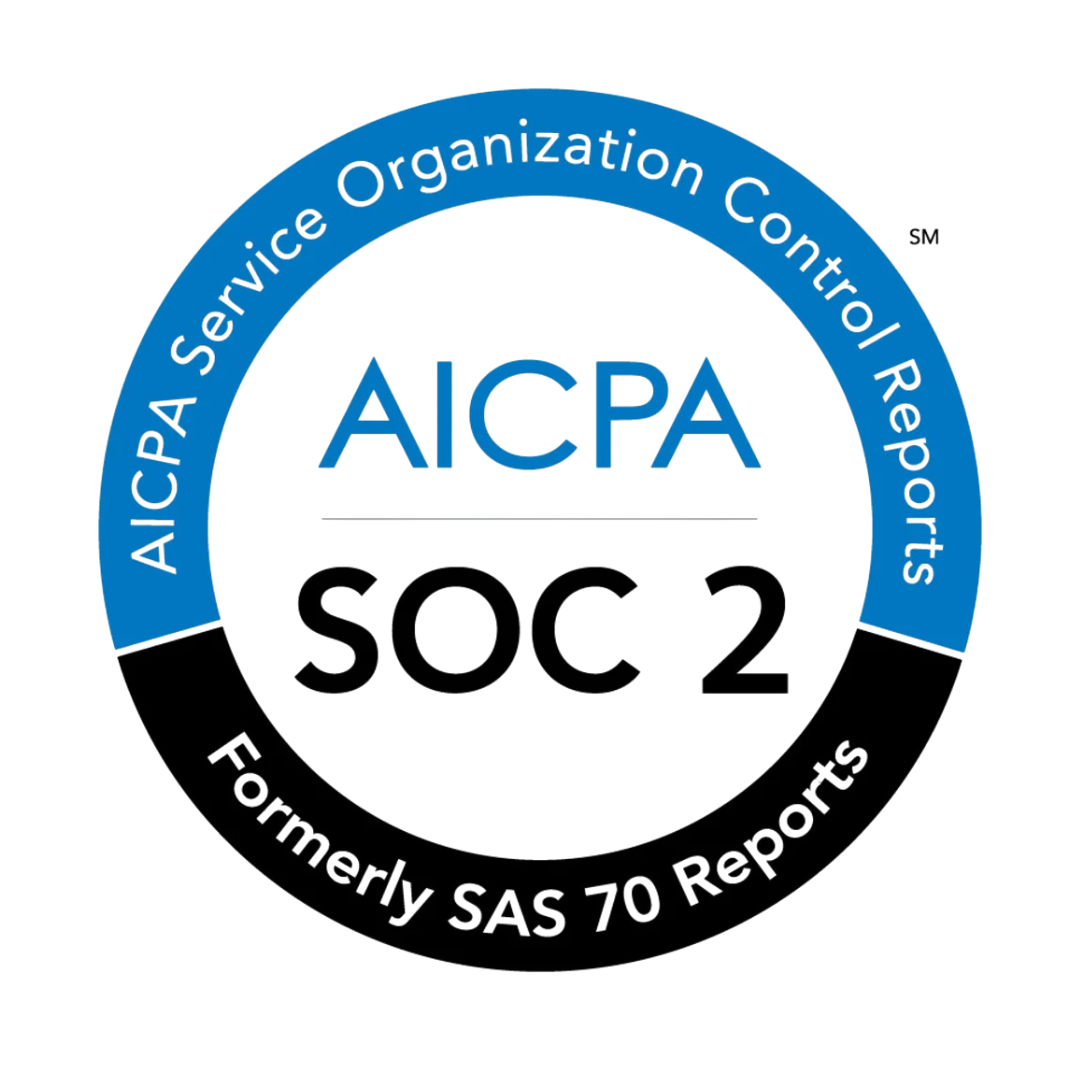The fundraising landscape in 2025 presents founders with a critical decision: pursue angel syndicates with their smaller, strategic checks, or target seed VCs with larger rounds and institutional backing. With median seed rounds hovering around $3.8 million and angel investments clustering between $100k-$500k, the choice isn't just about capital—it's about dilution, strategic value, and long-term positioning. (SaaS Funding in 2025)
This data-driven analysis breaks down the real numbers behind angel versus VC funding, provides concrete dilution calculations, and shows founders exactly when each path makes sense for their specific situation.
The 2025 Funding Reality: Check Sizes That Matter
Angel Syndicate Check Sizes
Angel investors in 2025 typically write checks ranging from $25k to $500k, with the sweet spot falling between $100k-$250k per individual investor. (Climate Capital Syndicate) When organized into syndicates, these investments can aggregate to $500k-$2M total rounds, providing meaningful capital while maintaining founder control.
The angel landscape has evolved significantly, with over 2,000 active angels making at least one investment in the past three months. (Metal Manifesto) This creates substantial optionality for founders who know how to identify and approach the right investors.
Seed VC Check Sizes and Fund Dynamics
Seed VCs operate on a fundamentally different scale. Most investment firms maintain check sizes that are roughly 1-2% of their total fund size. (Metal Manifesto) A $100M seed fund typically writes $1M-$2M checks, while larger $300M+ funds can lead with $3M-$8M investments.
The median seed round in 2025 sits at approximately $3.8 million, with valuations ranging from $12M-$15M post-money for most B2B SaaS companies. (What it Takes to Get Venture Funded Today) This represents a significant capital injection but comes with proportionally higher dilution.
Dilution Calculator: The Real Math Behind Each Path
Angel Syndicate Dilution Example
Let's examine a typical angel syndicate scenario:
Scenario: $1M angel round at $8M pre-money valuation
• Pre-money valuation: $8,000,000
• Investment amount: $1,000,000
• Post-money valuation: $9,000,000
• Dilution: 11.1%
Founder Impact: If you started with 80% ownership, you'd retain 71.1% after the angel round.
Seed VC Dilution Example
Scenario: $4M seed round at $12M pre-money valuation
• Pre-money valuation: $12,000,000
• Investment amount: $4,000,000
• Post-money valuation: $16,000,000
• Dilution: 25%
Founder Impact: Starting with 80% ownership, you'd retain 60% after the seed round. (Startup Equity Calculator)
The Dilution Formula
Equity dilution follows this formula: Dilution percentage = (Investment amount / Post-money valuation) × 100. (Equity Dilution Calculator) Understanding this calculation is crucial for making informed decisions about which funding path aligns with your long-term ownership goals.
SaaS Funding: When Angels vs VCs Make Sense
Angel Syndicate Advantages for SaaS
SaaS companies with strong unit economics and clear product-market fit often benefit from angel syndicates when:
1. Capital Efficiency: You need $500k-$1.5M to reach key milestones
2. Strategic Expertise: Angels bring domain knowledge and customer connections
3. Faster Decision-Making: Angel processes typically take 4-8 weeks vs 12-16 weeks for VCs
4. Preserved Optionality: Lower dilution preserves equity for larger future rounds
SaaS investors look for strong Annual Recurring Revenue (ARR) growth rate, Net Revenue Retention (NRR), Customer Acquisition Cost (CAC) & Lifetime Value (LTV), and a clear path to profitability. (List of SaaS Investors) Angels can often provide more flexible evaluation criteria for early-stage SaaS companies still optimizing these metrics.
When Seed VCs Are Worth the Dilution
Seed VCs become the better choice when:
1. Scale Requirements: You need $3M+ to achieve meaningful market penetration
2. Competitive Dynamics: Fast-moving markets require significant capital deployment
3. Institutional Credibility: Brand-name VCs open doors for partnerships and talent
4. Follow-on Capacity: VCs can lead subsequent rounds, reducing future fundraising friction
AI is reshaping the SaaS market as we go into 2025, with investors focusing on capital efficiency and balanced growth. (SaaS Funding in 2025) This shift makes the strategic value of VC partnerships even more critical for companies building AI-enabled SaaS products.
Climate Tech: A Tale of Two Funding Approaches
Angel Syndicates in Climate Tech
Climate tech presents unique opportunities for angel syndicates. The Climate Capital Syndicate exemplifies this approach, bringing together founders, executives, and developers with deep domain expertise. (Climate Capital Syndicate) These investors understand the longer development cycles and regulatory complexities inherent in climate solutions.
Climate Tech Angel Advantages:
• Industry-specific expertise and networks
• Patience for longer development timelines
• Connections to corporate partners and pilot customers
• Understanding of regulatory and policy landscapes
When Climate Tech Needs VC Scale
Climate tech companies often require substantial capital for:
• Hardware development and manufacturing
• Regulatory approval processes
• Pilot project deployment
• Market education and adoption
In these scenarios, seed VCs with $5M+ check capabilities become essential partners, despite the higher dilution cost.
The Strategic Decision Framework
Evaluating Your Funding Needs
Before choosing between angels and VCs, founders should assess:
1. Capital Requirements: Map your 18-24 month milestones to required capital
2. Strategic Needs: Identify gaps in expertise, networks, or market access
3. Dilution Tolerance: Calculate acceptable ownership trade-offs
4. Timeline Constraints: Consider market timing and competitive pressures
Using Data to Find the Right Investors
The key to successful fundraising lies in identifying the "most likely" investors for your specific situation. (Metal Recommended Process) This requires filtering investors based on:
• Stage Specialization: Focus on investors who specialize in your funding stage rather than "stage tourists"
• Sector Concentration: Target investors with meaningful exposure to your industry
• Geographic Relevance: Identify investors active in your market
• Check Size Alignment: Match investor fund size to your capital needs
• Activity Levels: Focus on investors actively deploying capital
At any given point in time, more than 60% of all venture investors are in a state of hibernation. (Metal Manifesto) This makes data-driven investor identification crucial for efficient fundraising.
Practical Implementation: Making the Choice
The Angel Syndicate Path
Best For:
• Pre-seed to early seed companies ($500k-$2M raises)
• Strong unit economics with clear path to profitability
• Founders who value strategic input over pure capital
• Companies in markets where domain expertise trumps scale
Process:
1. Identify 50-100 relevant angels using sector and stage filters
2. Leverage warm introductions through your network
3. Create a streamlined pitch process for multiple conversations
4. Structure the syndicate with a lead investor to coordinate terms
The Seed VC Path
Best For:
• Seed to Series A companies ($2M-$10M raises)
• Capital-intensive business models
• Competitive markets requiring rapid scaling
• Companies needing institutional credibility
Process:
1. Target 20-30 seed VCs with relevant sector focus
2. Secure warm introductions through portfolio companies or advisors
3. Prepare comprehensive data room and financial models
4. Focus on finding a lead investor who can anchor the round
Fewer than 40% of all investors lead frequently, making lead identification particularly critical for larger rounds. (Metal Blog)
Advanced Considerations: Hybrid Approaches
The Mixed Round Strategy
Some founders successfully combine both approaches:
• Lead with a smaller VC ($1M-$2M)
• Fill out the round with strategic angels ($500k-$1M)
• Maintain lower overall dilution while gaining institutional backing
This hybrid approach works particularly well when:
• You need moderate capital ($2M-$4M total)
• Strategic angels bring unique value
• Market conditions favor diverse investor bases
Follow-on Considerations
Your initial funding choice impacts future rounds:
Consider your long-term funding strategy when making the initial choice between angels and VCs.
Platform Tools for Investor Matching
Modern fundraising platforms have revolutionized investor discovery. Metal's investor-matching filters allow founders to identify the right ticket size for every raise by filtering across 20+ granular criteria. (Metal General Filters)
Key filtering capabilities include:
• Check size ranges aligned with fund capacity
• Stage specialization vs. opportunistic investing
• Sector concentration and familiarity metrics
• Geographic investment patterns
• Recent activity levels and deployment pace
The platform's built-in rankings engine tags investors into three categories: Strong Fit, Medium Fit, and Low Fit, helping founders prioritize their outreach efforts. (Metal Recommended Process)
Market Trends Shaping 2025 Decisions
The Return to Fundamentals
2025 has marked a shift toward efficiency over growth at all costs, particularly in the SaaS sector. (What Does It Take to Raise Capital in SaaS) This trend favors:
• Angels who understand sustainable growth models
• VCs focused on capital efficiency rather than pure scale
• Founders who can demonstrate clear paths to profitability
AI's Impact on Funding Decisions
Artificial Intelligence has become a significant factor in pitch meetings across both angel and VC conversations. (What Does It Take to Raise Capital in SaaS) Companies incorporating AI into their products or operations often find:
• Increased investor interest across both angel and VC categories
• Higher valuations for AI-enabled solutions
• Greater scrutiny of AI implementation and competitive moats
Financial Modeling: Beyond Simple Dilution
Total Cost of Capital
When comparing angel vs VC funding, consider the total cost beyond dilution:
Angel Syndicates:
• Lower dilution (typically 10-20%)
• Potential for higher valuations due to competitive dynamics
• Reduced board complexity and governance overhead
Seed VCs:
• Higher dilution (typically 20-30%)
• Professional board members and governance structures
• Potential for follow-on investment reducing future dilution
Valuation Impact Analysis
The choice between angels and VCs can significantly impact your company's valuation trajectory:
Seed valuations are at an all-time high in 2024, making the dilution calculation even more critical for founders. (What it Takes to Get Venture Funded Today)
Sector-Specific Recommendations
B2B SaaS
Angel Route When:
• ARR between $100k-$1M with strong growth metrics
• Clear product-market fit with expanding customer base
• Efficient customer acquisition channels established
VC Route When:
• ARR above $1M with 100%+ year-over-year growth
• Large addressable market requiring rapid expansion
• Competitive landscape demanding significant marketing spend
Climate Tech
Angel Route When:
• Early-stage technology development
• Regulatory approval processes underway
• Pilot projects with strategic partners
VC Route When:
• Manufacturing scale-up requirements
• Large infrastructure deployments
• Market education and adoption campaigns
Common Pitfalls and How to Avoid Them
Angel Syndicate Mistakes
1. Over-Optimizing for Valuation: High angel valuations can create Series A challenges
2. Insufficient Lead Coordination: Lack of clear syndicate leadership creates execution issues
3. Misaligned Expectations: Angels expecting VC-level returns on smaller checks
Seed VC Mistakes
1. Premature Scaling: Taking large rounds before achieving product-market fit
2. Wrong VC Partner: Choosing investors based on brand rather than sector expertise
3. Inadequate Due Diligence: Failing to understand VC fund dynamics and timeline pressures
Making the Final Decision
The Decision Matrix
Create a weighted scoring system considering:
FactorAngel WeightVC WeightYour PriorityCapital EfficiencyHighMedium?Strategic ValueHighMedium?Speed to CloseHighLow?Institutional CredibilityLowHigh?Follow-on CapacityLowHigh?Dilution ImpactHighLow?
Timeline Considerations
Your funding timeline should influence the angel vs VC decision:
Conclusion: The Strategic Choice
The decision between angel syndicates and seed VCs in 2025 isn't just about capital—it's about strategic positioning for long-term success. Angel syndicates offer capital efficiency, strategic expertise, and preserved optionality, making them ideal for founders who can achieve meaningful milestones with $500k-$2M. Seed VCs provide institutional backing, larger check sizes, and follow-on capacity, justifying higher dilution for companies requiring $3M+ to reach their next inflection point.
The key lies in honest assessment of your capital needs, strategic requirements, and dilution tolerance. With over 4,000 VCs and 2,000+ angels actively investing, the optionality exists for both paths. (Metal Manifesto) Success depends on data-driven investor identification, clear strategic thinking, and execution excellence regardless of which path you choose.
Use the dilution calculations, sector frameworks, and decision matrices outlined above to make an informed choice that aligns with your company's specific situation and long-term objectives. The right funding partner—whether angel or VC—can accelerate your growth trajectory and position you for sustainable success in an increasingly competitive market.
Frequently Asked Questions
What are the typical check sizes for angel syndicates vs seed VCs in 2025?
Angel syndicates typically write checks between $100k-$500k, while seed VCs invest larger amounts with median seed rounds around $3.8 million. Angel investments are often more flexible and can be assembled quickly, whereas seed VCs provide substantial capital but require more extensive due diligence processes.
How does dilution differ between angel syndicate and seed VC funding?
Angel syndicate funding generally results in lower dilution per round due to smaller check sizes, but may require multiple rounds to reach target funding levels. Seed VC rounds involve higher dilution upfront but provide larger capital injections that can extend runway significantly longer between funding events.
When should startups choose angel syndicates over seed VCs?
Angel syndicates are ideal for early-stage startups needing smaller amounts of capital, seeking industry expertise, or wanting to maintain more control. They work well for companies with strong metrics but not yet ready for institutional rounds, or those in niche markets where specialized angel knowledge adds significant strategic value.
What strategic advantages do seed VCs offer beyond capital?
Seed VCs provide institutional backing, extensive networks, operational expertise, and follow-on funding capabilities. They often offer more structured support systems, board governance, and can facilitate introductions to later-stage investors, making them valuable for startups planning aggressive growth trajectories.
How do AI-powered tools like Metal help VCs accelerate deal flow and due diligence?
AI applications like Metal accelerate fund deal flow by reducing the effort needed to collect and parse data, perform diligence, and capture key findings. These tools help VC firms process more opportunities efficiently, enabling faster decision-making and more comprehensive analysis of potential investments.
What key metrics do investors focus on when evaluating SaaS startups in 2025?
SaaS investors prioritize Annual Recurring Revenue (ARR) growth rate, Net Revenue Retention (NRR), Customer Acquisition Cost (CAC) to Lifetime Value (LTV) ratios, and a clear path to profitability. In 2025, there's increased focus on capital efficiency and balanced growth rather than growth at all costs, with AI integration becoming a significant factor in pitch meetings.
Sources
1. https://docs.metal.so/content/high-resolution-identification/general-filters
2. https://docs.metal.so/content/high-resolution-identification/recommended-process
3. https://medium.com/point-nine-news/what-does-it-take-to-raise-capital-in-saas-in-2023-56d8f617714
4. https://www.cakeequity.com/tools/startup-equity-calculator
5. https://www.climatecapital.co/syndicate
6. https://www.metal.so/blog/frequent-followers-of-existing-investors
7. https://www.metal.so/metal-manifesto
8. https://www.openvc.app/investor-lists/saas-investors
9. https://www.rho.co/tools/equity-dilution-calculator
10. https://www.saastr.com/what-it-takes-to-get-funded-in-2024-with-saastr-ceo-and-founder-jason-lemkin/





